COVER YOUR ‘ANALYSE RISK SAFETY’ EVERY TIME, NEVER ASSuMe!
- By Adam Gosling
- June 16, 2021
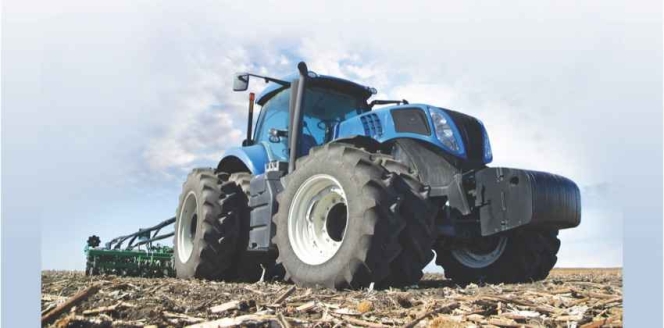
For any enterprise involved in on road operations there are quite a number of risks and always a degree of risk. How to mitigate the risk potential is always a challenge and in some larger businesses involving a dedicated risk manager.
Many trucking companies look at risk exposure as a necessary evil and utilise insurance packages to reduce the financial ramifications of such exposures.
Now, what if, a risk mitigation strategy that provided positive financial outcomes was available for just a little investment? Does this spark interest in those who drive the abacuses in the back rooms?
Tyres form one of the highest cost centres for a transport operation be the activities on road or in a mining operation. Fuel is usually the largest and is tightly controlled as the abacus jockeys understand that every last millilitre of fuel must be accounted for. Granted there is a percent here or there for spillage but as fuel companies demand payment prior to delivery for almost all operations the bean counters are onto it without delay. Tyres?
When we consider the humble tyre so many ASSuMe that the tyre just performs the required duties without any (at worst) attention or with just a little attention, perhaps a kick every now and again or being slapped with a pipe or bar to confirm the tyre isn’t totally flat.
Tyre, the influencer
What is not very well understood by back-office personnel is that tyres are influenced by, and actually influence, the successful operation of the vehicle, be it a wheel barrow, a tri-cycle, a rigid truck or road train even a giant haul truck. If the tyres aren’t “right” then the operating costs will rise. Consider a delta percentage on fuel burn of 3 – 5%, a wheel end bearing life reduction of 10%, a tyre life deficit of 10%, decreased suspension component life as the tyres are being dragged not rolling, at what cost does the “head in the tyre” influence the profits of the business?
So, when we “Cover Your Analyse risk SAFETY” every-time (CYA) we consider all the contributing aspects of tyre use and how risk mitigation practises can be employed to grow the return on the investment our businesses make in tyres. All successful transport companies maintain a close log on the consumption of mechanical items such as fuel and spare parts. Labour costs are also rigidly overseen and as every driver well understands there are events on the road that result in a later delivery than was planned, a traffic event that turns the usual highway into a car park. When the driver returns to base and lodges the work hours there is always a cry from the accounting department why has this person worked overtime, why are we paying more than normal?
Yet, for tyres it seems too often the humble servant is treated as a mere consumable commodity and just turned over or replaced without any consideration as to how life can be extended. Why? When tyres influence so many of the unseen factors for a transport operator why are they not used as the reporter, the data logger of operations? A tyre does not lie about the experiences they have endured, they cannot suddenly grow tread to cover misalignment or a brake lock up, the evidence is in our faces IF we simply observe what the tyres are telling us.
Tyre management
There are many valued publications from around the globe that have photos of tyres that have worn in a certain manner or exhibit various conditions that relay the root causes of the damage to the observer. The tyre scrap heap is the first place we visit when determining the tyre management capacity and capability of a new client. How many tyres with more than the minimum legal tread depth are in the scrap heap? If there are records of tyre performance what is the tread consumption rate for the tyres consumed? What is the frequency of the various scrapping reasons the business using tyres is experiencing? Why? What is the distance per tread unit rate? What is the fuel burn rate per tread unit consumption? What if these questions can’t be answered? Then a risk mitigation practise is obviously not in practise. Exposure is certain, a matter of when not if.
A simple tree diagram or spider web drawing outlining the various risk aspects a tyre could experience with each branch drawing down into detail of how, what and why can assist in the mitigation process. The risk on the underside of the branch with the solution on the top provides a simple but effective illustration of the potentials available.
The TyreSafe Australia policy known as the 6M Principle is engaged in not only tyre performance enhancement but right through the various aspects of the transport business. Before you can MANAGE you have to be able to MEASURE. With measurements (read data) one can MONITOR to know when to MAINTAIN the equipment therefore actually MANAGING in order to MAKE MONEY! The 6M principle is simple but it requires diligent and dedicated systems within the workplace. There are many principles such as that espoused by Dr William Deming who developed the PDCA process, PLAN, DO, CHECK, ACT where the a/ versus b/ consideration was created:

Bill Smith who introduced the 6 Sigma philosophy in the 1980’s also recognised the same avenue of opportunity. The basis of 6 Sigma is the improvement of the output quality by recognising and eliminating the root causes of defects and so minimizing the impacts using statistical processes, ie managing by measuring monitoring and maintaining!
The TyreSafe Australia 6M principle is closely aligned with these well recognised philosophies and commences with the simple recognition that tyre inflation pressure control is the absolute basis for the desired performance outcomes a transport related business will experience. How do you analyse the risks, what mitigation processes are in place?
Safety is not just about well-being of personnel. If a business doesn’t employ safe practices, is it going to be sustainable? Not just from the human factor but also consider the financial aspects. A business engaged in risky financial undertakings will probably collapse sooner than later.
So why not start the process from the ground up by ensuring that the foundation of the modern motor vehicle, the humble tyre is indeed operating at optimum levels. With modern electronics there is no excuse for not completely understanding (and so appreciating) what the tyres you use are providing to your business profits. If you are not measuring, how are you managing?
Ensure that your tyres are not a drag on your operation, ensure the rolling resistance is as low as possible and this will ensure there is an even flow of dollars into your account. Utilising real time tyre monitoring is now a standard practise for successful businesses who utilise tyres in their operations.
Cover Your, Analyse Risks Safety Everytime! (TT)
• Adam Gosling and the team at TyreSafe Australia provide guidance and direction for all tyre users. Safety is paramount, so is efficiency and sustainability. Tyres are a globally universal product, the requirement for tyre safety is also a global standard.
- Yokohama Rubber
- GEOLANDAR X-AT
- All-Terrain Tyres
- Racing Tyres
- FIA Extreme H World Cup
- Hydrogen-Powered Motorsport
Yokohama Rubber To Power FIA Extreme H World Cup With GEOLANDAR Tyres
- By TT News
- September 12, 2025

The Yokohama Rubber Co., Ltd. has been selected as the official tyre supplier for the groundbreaking FIA Extreme H World Cup, the world's first hydrogen-powered motorsport series. The company will supply its GEOLANDAR brand of tyres for the championship, which is scheduled to commence next month in Saudi Arabia. The company will also continue to supply GEOLANDAR tyres for the Extreme E off-road electric vehicle series, which holds its final event on 4–5 October in Saudi Arabia.
Central to both the Extreme H and Extreme E series is a shared mission to advance sustainability and equality. The championships serve as dynamic platforms to promote environmental awareness and demonstrate cutting-edge technologies while also enforcing a strict mandate for gender parity by requiring each team to field one male and one female driver. The Extreme H series will feature eight international teams operating the Pioneer 25, a cutting-edge hydrogen fuel cell vehicle capable of generating 550 horsepower and accelerating from 0 to 100 kmph in 4.5 seconds. The global significance of this new championship is expected to draw a worldwide television audience across multiple continents.
As the predecessor to Extreme H, the Extreme E series utilised the high-performance all-electric Odyssey 21 vehicle. All teams competing in the new hydrogen series will also participate in this final Extreme E event, marking the conclusion of the electric championship as it transitions towards a hydrogen future.
In alignment with the environmental principles of these series, Yokohama Rubber will provide a specially developed prototype tyre based on its GEOLANDAR X-AT model. This tyre has been engineered with a significantly increased ratio of sustainable materials, comprising 38 percent renewable and recycled content. It has also been fortified with enhanced durability characteristics to withstand the unique demands of heavy hydrogen-powered and electric off-road racing vehicles.
Hankook Tire Unveils Future Mobility Innovations At 'Design Innovation Day 2025'
- By TT News
- September 12, 2025
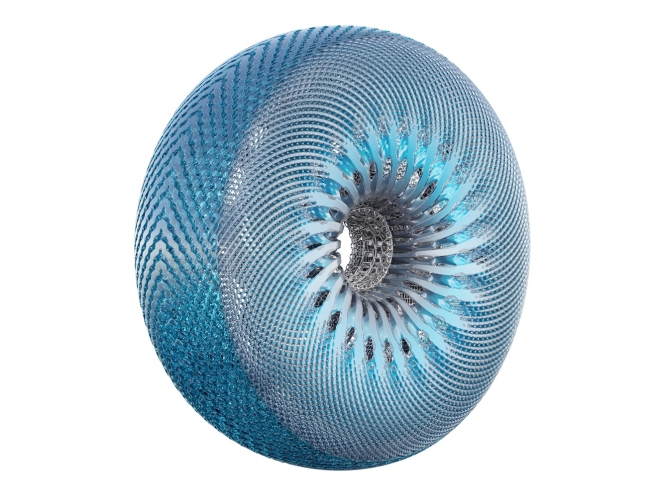
Hankook Tire is advancing its future mobility leadership through strategic open innovation and collaborative design projects. This effort was showcased at the company’s recent Design Innovation Day 2025, held at its Pangyo Technoplex headquarters. The event serves as a platform to present new solutions integrating sustainability, innovation and design while reinforcing partnerships with global technology leaders.
A major focus was the unveiling of two key outcomes from Hankook’s ongoing Design Innovation Project. The first was ‘Sustainable Concept Tyre’, an embodiment of the company’s ESG vision. Developed using advanced 3D printing technology, it is constructed from renewable and recycled materials. Its distinctive organic design was realised in collaboration with Harvestance using specialised engineering software.
The second reveal was the WheelBot 2, a multi-directional mobility platform developed with robotics startup CALMANTECH. This advanced robotic wheel system, equipped with tri-axial spherical tyres, demonstrates new possibilities for movement. Its potential was illustrated through a live demonstration of the PathCruizer, a two-seater pod concept powered by the WheelBot technology.
Beyond product reveals, the event highlighted Hankook’s commitment to knowledge sharing, featuring a presentation on 3D printing advancements from LG Electronics. These collaborations are central to Hankook’s strategy of strengthening its technology leadership. Since 2012, the company has partnered with world-renowned design universities and technology firms, consistently earning prestigious international design awards and solidifying the premium stature of its global brand.
CEAT Cuts Tyre Prices Across Portfolio Following GST Rate Reduction
- By TT News
- September 12, 2025
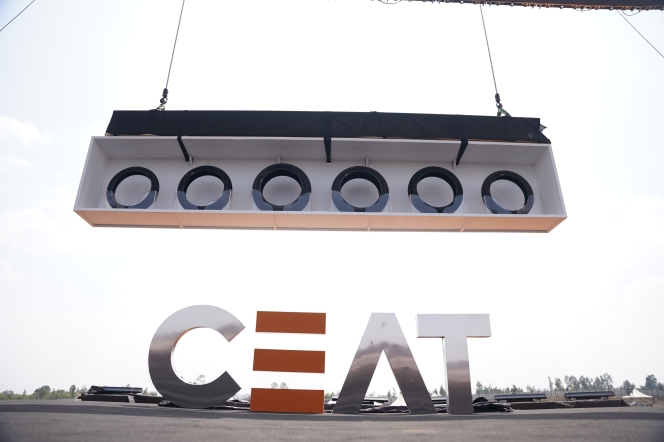
Indian tyre maker to pass full benefit of tax cuts to customers from 22 September
CEAT Limited said on Thursday it would reduce prices across its entire tyre range following the Indian government’s decision to cut goods and services tax (GST) rates on tyres, with the full benefit being passed on to customers.
The Mumbai-based tyre manufacturer said new prices would take effect from 22 September, covering commercial, agricultural, passenger vehicle and two-wheeler segments.
India’s 56th GST Council meeting approved significant reductions in tax rates for the tyre industry. GST on new pneumatic tyres was cut to 18% from 28%, whilst tractor tyres and tubes will attract a reduced rate of 5%.
“We thank the Government of India and the GST Council for their timely and progressive decision to rationalise tax rates in the tyre sector,” said Arnab Banerjee, Managing Director & CEO of CEAT Limited.
“The reduced GST slabs will greatly benefit the tyre industry and consumers alike. Not only will it lower the cost of owning and operating a vehicle for customers across various segments, but by making tyres more affordable to replace, it will also make our roads safer.”
Banerjee added the move would “spur formalisation and greater compliance, while also fostering sustainable growth in the sector.”
The GST rate cuts represent a significant policy shift for India’s automotive sector, where high taxation has been a longstanding concern for manufacturers and consumers.
Yokohama Rubber Recognised As ‘DX Certified Business Operator’ By Japan’s METI
- By TT News
- September 12, 2025
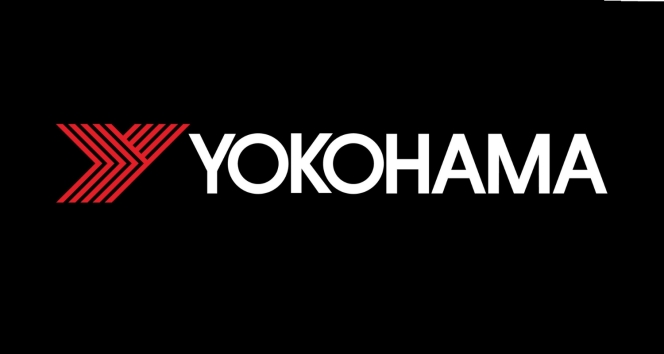
The Yokohama Rubber Co., Ltd. has been officially recognised as a DX Certified Business Operator by Japan's Ministry of Economy, Trade and Industry (METI). The designation, which was granted on 1 September 2025, identifies companies that are thoroughly prepared for digital transformation as outlined by the Digital Governance Code.
This certification acknowledges Yokohama Rubber's comprehensive strategy for digital transformation, which is built on three core objectives: advancing business strategy, contributing to sustainability and reinforcing its IT infrastructure. Central to this effort is the company's proprietary AI framework, HAICoLab (Humans and AI ColLaborate), which drives group-wide digital initiatives. These include improving productivity, innovating processes, developing digital talent and building a global cloud-based IT system. The certification confirms that the company's efforts not only meet METI's stringent criteria but also demonstrate appropriate disclosure of information to its stakeholders.
Moving forward, the company said it will continue to leverage data from its entire value chain to adapt to a dynamic business environment. The company aims to enhance customer value, pursue sustainable innovation and transform its corporate culture to strengthen its competitive position and ensure long-term growth.


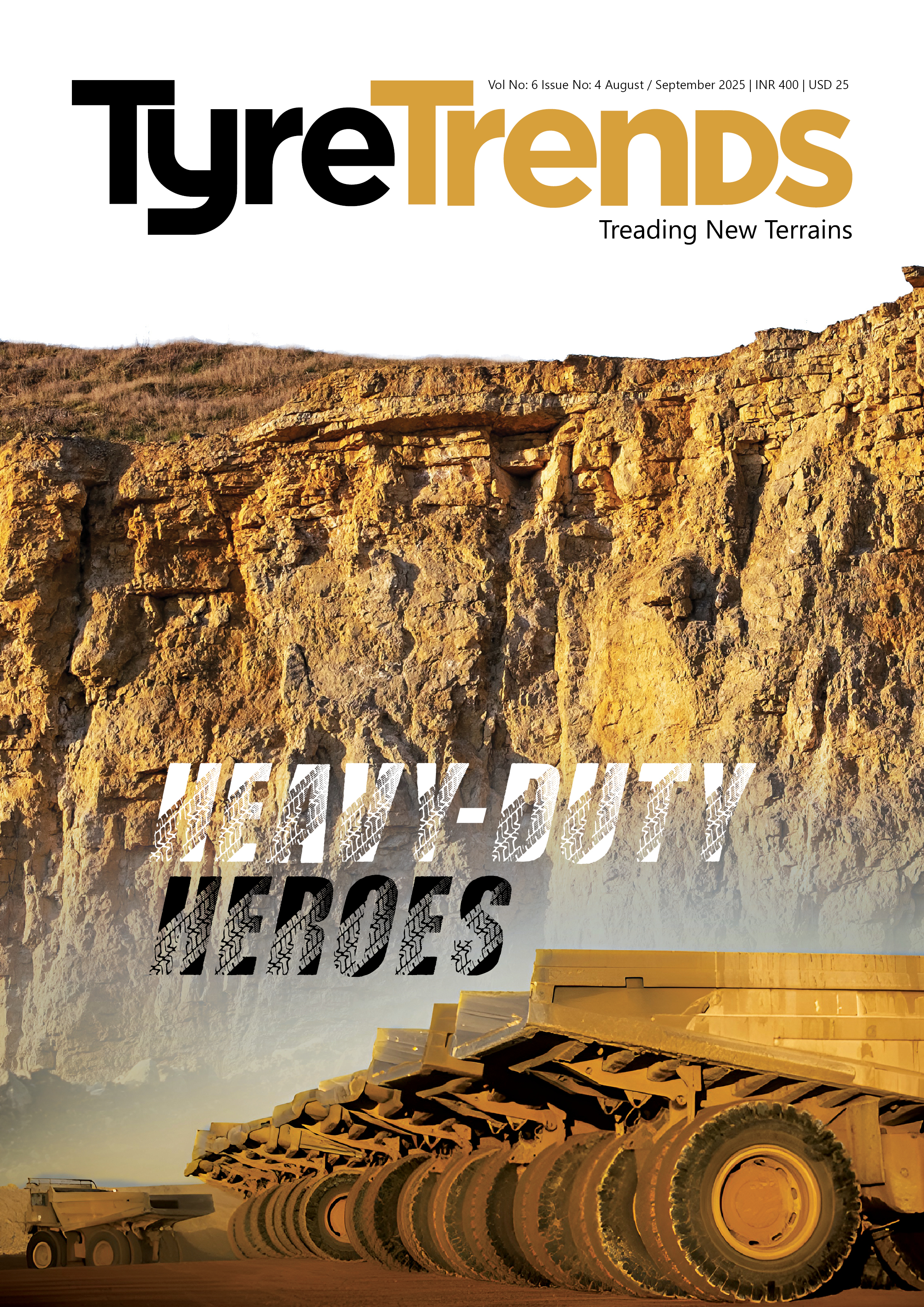
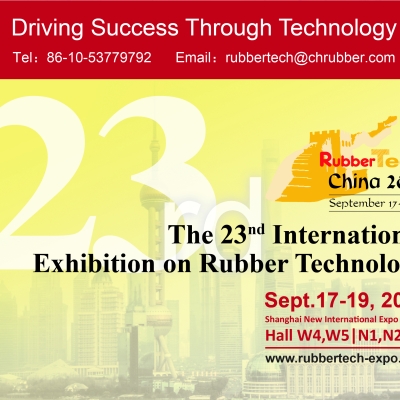


Comments (0)
ADD COMMENT